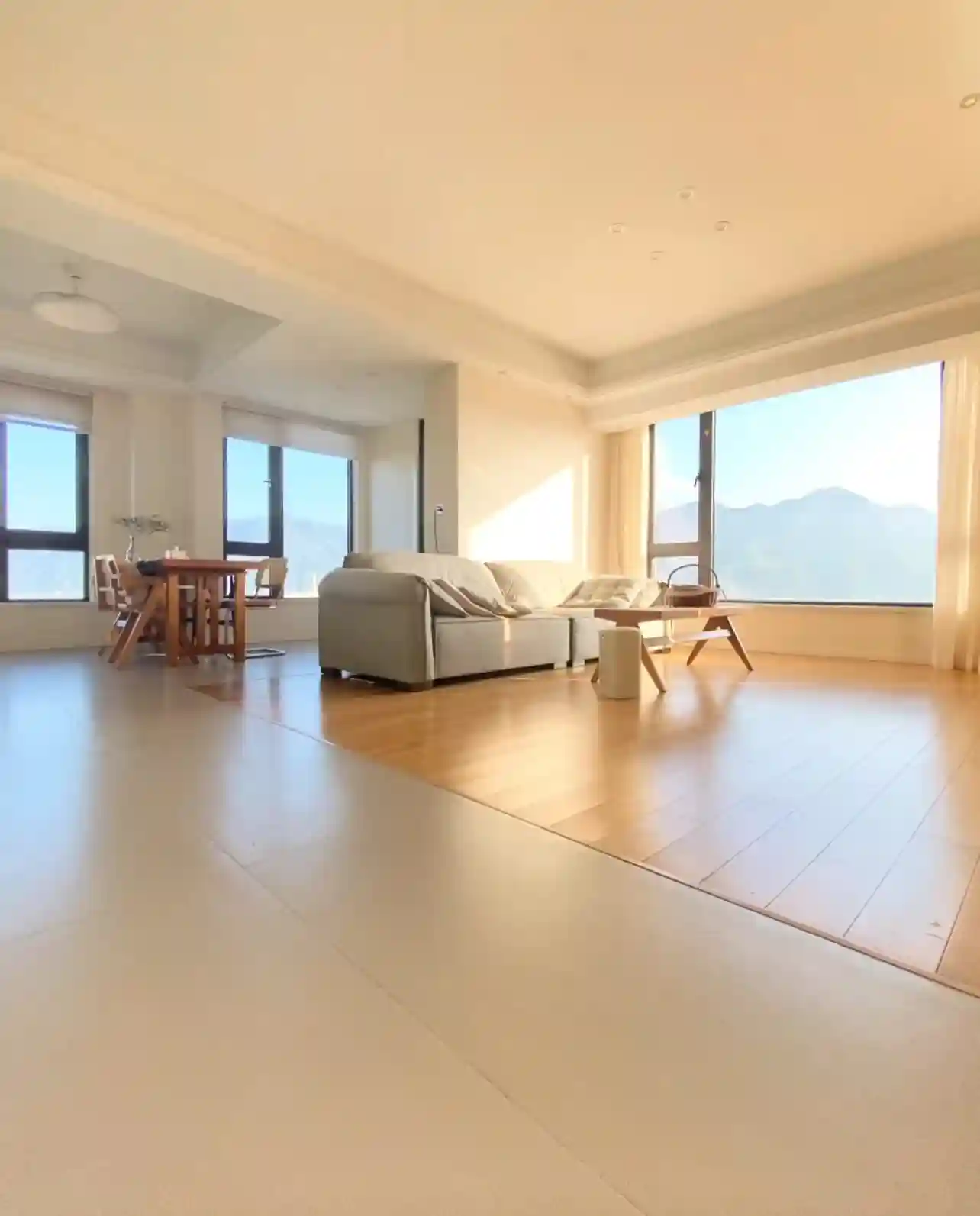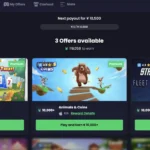It was raining outside, and the weather contrasted sharply with my mood. I took a sip of hot tea, wrote a paragraph, and then wrote another one. The more I wrote, the clearer I became about what I wanted to say and where I should go next. The sound of the keyboard clicks merged with the sound of the raindrops falling on the roof. If there were other sounds, I didn’t hear them. I had entered a state of flow. My hands were merely tools for translating my thoughts, and I could feel the connection between my mind and the screen. What a wonderful feeling! I love what I do, and you can too…
Over the past six months, I have been working on my own projects. Looking back at the first year after I graduated from university, I quit my job to freelance for a while and then moved to Sydney to work at a tech company. Nine months later, I realized that I preferred my previous lifestyle. So, I returned to where I started, but this time with a plan—one that started with a creative project. I began building a Productivity Black Community and started seriously blogging. Using a simple business plan with OKRs as a feedback loop, I officially started working for myself.
In these six months of working for myself, I’ve achieved even more than I did before. These experiences have taught me many things, but the most important lesson has been changing how I view challenges: I now accept that things will often get messy. In fact, I predict that most things will become chaotic, but if you put in the effort and build the habit of showing up every week, it not only becomes easier but also better.
“This is not a boastful article. It’s a condensed essence of what I’ve learned about work and happiness over the past five years. By building the smallest viable life, you can learn to plan changes to your original work and life, and truly realize doing what you love all the time.”
What is the minimum viable life?
“In the tech field, most companies start by developing a Minimum Viable Product (MVP). Build a product with only core features to collect feedback from early users. This is the simplest way to test and explore the product’s direction—less is more.“
**”The Minimum Viable Life (MVL) follows the same logic:
- Identify the ‘core features’ of your life: Anything that doesn’t add value to your life isn’t core, and you can do without it;
- Design the simplest version: Once you focus only on the core features of your life, you’ll find that you can already work for yourself;
- Gather early feedback and adjust as needed: MVL is not a one-time thing, but a continuous and iterative process.”**
What is stopping you from doing what you love?
I have been a freelancer for more than ten years. I worked on Elance doing writing and administrative work, and the pay was high, allowing me to backpack around the world. Although it was just part-time, I really enjoyed the job. But after graduating from college, I stopped freelancing and entered the banking industry.
Why? If I had to describe it in one word? Fear. I was afraid of ‘not being able to survive on my own,’ lacking experience and professional knowledge, having to ‘pretend I knew’ until I made it. I conformed to social norms and did what was expected.
But the fact is, after graduating from university, I have been freelancing for more than five years. Am I the most successful freelancer in the world? No. Do I know everything about freelancing? Absolutely not. Do I know more than most people? Of course.
But fear held me back. A few years later, I changed jobs again. What was even crazier was that I already had a decent income, and I had the opportunity to continue increasing it over the next few months. Working for yourself can be terrifying. It’s like driving in the fog on an unfamiliar road, where you can barely see the way ahead. It’s scary. Yet ironically, this fear is also the best part.
I don’t regret those experiences. They shaped who I am today, and I learned so much from them. It’s because of them that I now have control over my own life.
Want to do the same? Learn to conquer fear. Believe in your project and your value. If you don’t, no one else will. People will see right through you. The only thing you truly own is yourself—so use it.
Design a Minimal Viable Life.
The first step is to assess your current financial situation. You need to know your regular income, passive income, savings, and your expenses—both variable and fixed costs. Open the “Minimum Viable Life” spreadsheet, and in the top-left corner, select “File -> Make a Copy.” Add the numbers to the yellow boxes. All other content will update automatically.

Below is a brief explanation of each category:
- Regular income: Your after-tax income from your current job.
- Passive income: Any income source that does not require you to work actively.
- Savings: The wealth you have accumulated over time.
- Variable expenses: Any items you want to reduce or eliminate (e.g., food, rent, entertainment).
- Fixed expenses: Items you cannot realistically eliminate (e.g., student loan payments).


